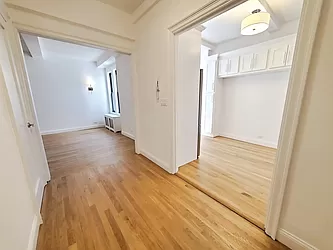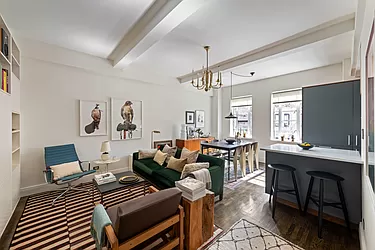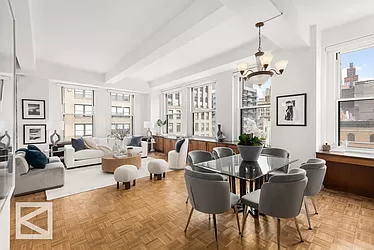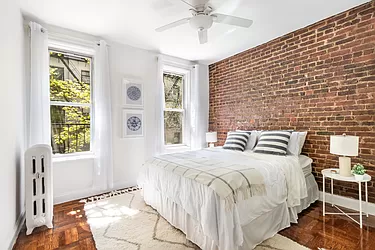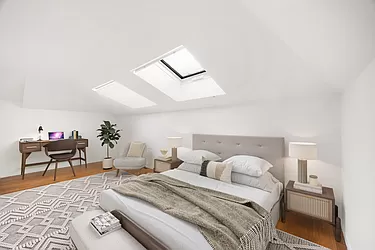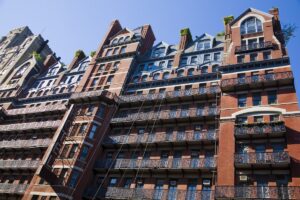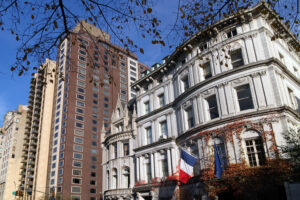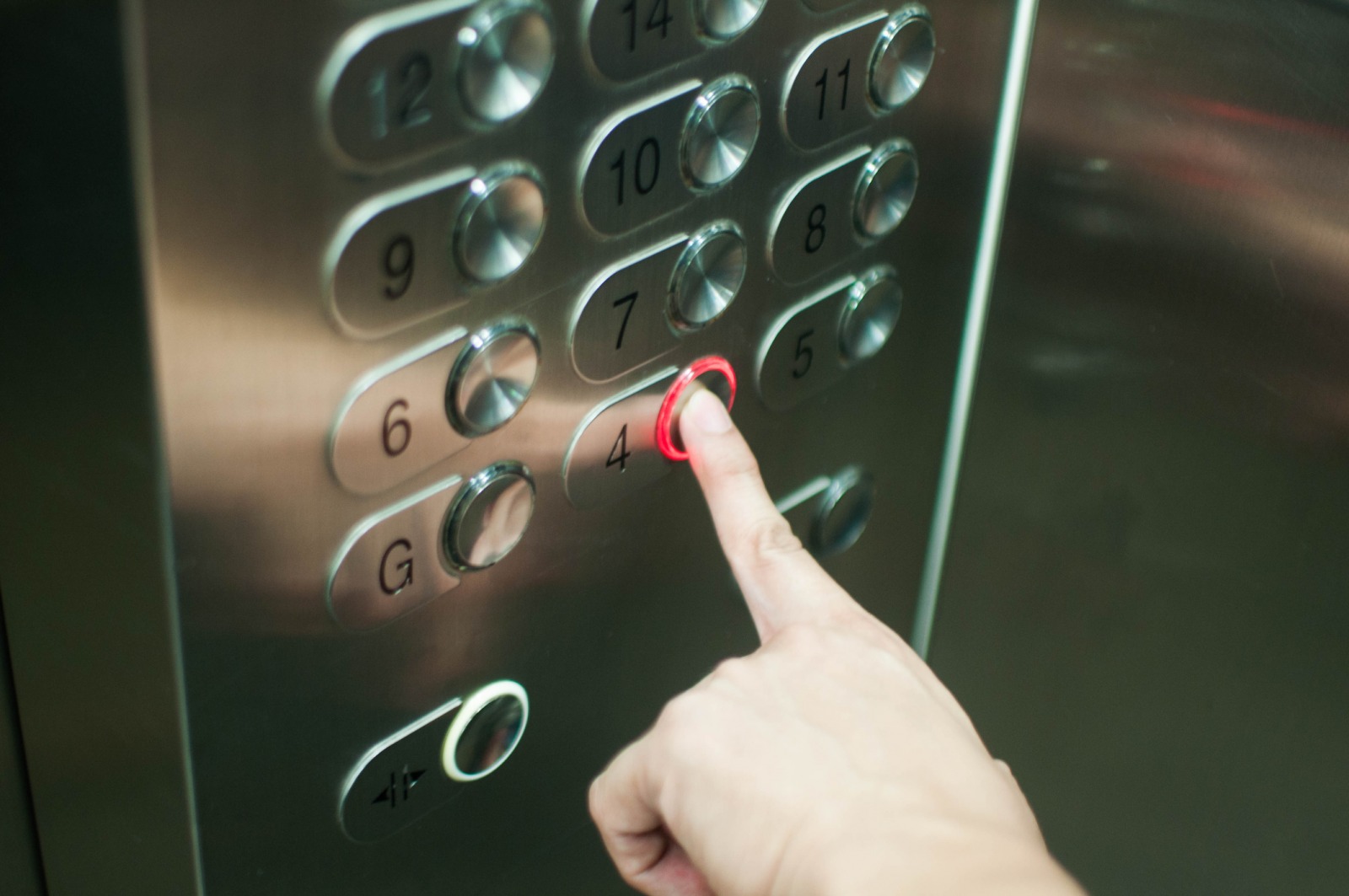
Here is one of many buildings in NYC that skip the 13th floor.
Whether you’re a lifelong New Yorker or a tourist stopping by, you’ve probably noticed that not many buildings in NYC have a 13th floor. Indeed, if you’re staying in a hotel, there’s a good chance your elevator will magically lift you from the 12th floor to the 14th. Is this sorcery? Probably not. Is it just superstition? Most likely. Does the power of the 13th floor have real-life ramifications for NYC real estate? Absolutely.
Why Don’t NYC Buildings Have 13th Floors?
The history of the superstition begins in the distant, murky past. Predominantly a Western culture thing, the number in question has long had an aura of evil or misfortune. Individual scholars pinpoint the Last Supper as a strong contender for its genesis, as it was Judas, the 13th guest at dinner, who betrayed Jesus. However, the dubious number appears in other cultures, too. You can find unlucky 13s in Norse mythology and ancient Hinduism.
It’s also possible that 13th-floor aversion is prevalent in NYC due to initial architectural concerns about erecting too-tall buildings. Before the city skyline featured lofty skyscrapers, architectural critics cautioned that buildings surpassing 13 stories would ensconce the town in shadows and create dark and unlivable conditions. Spooky indeed!
Regardless of how the witchcraft began, and no matter of any empirical evidence that the figure poses bona fide risks to your wellbeing, 13th floors in NYC have been a rare occurrence for years.
How Many Buildings in NYC Skip the Number Between 12 and 14?
Maybe you’re thinking to yourself: There’s no way superstition would influence something as serious as skyscraper construction? Surely there are way more buildings with 13th floors than without.
You’d be surprised. In 2015, the NYC housing data and listings firm CityRealty released a study with data on 629 buildings that have 13 or more floors. Out of all of those, only 55 premises had their 13th floors labeled as such. In other words, only 9% of the buildings queried have 13th-floor call buttons in their elevators. Here’s a sampling of residential buildings without a 13th floor by the Wall Street Journal.
But since all these buildings technically have 13th floors, what exactly do those 574 superstitious buildings do with their unlabeled space? A common solution is to leave the floor unmarked entirely. Some buildings use the unrented space to house machinery, supplies, or laundry services. Hopefully, the employees on those floors aren’t triskaidekaphobic — people with a phobia of the number 13.
NYC Homes Under $1.3M on Street Article continues below
Are Apartments on 13th Floors Harder to Sell?
Though research has shown that most people don’t really believe the number 13 is unlucky, it hasn’t stopped developers from erring on the side of caution when it comes to construction. Real estate agents tend not to have problems selling units on the particular floor, but the fact is that most buildings lack them anyway. But if there is even a minuscule chance that a 13th-floor unit won’t sell due to superstition, then a developer will just as quickly avoid the risk and skip from 12 to 14.
And some real estate agents are glad about that. Sam Hellinger, a licensed real estate agent with Urban Pads, told us that he had once had a client opt for a second-floor unit over a unit on the 13th floor with a much better view. “People still see it as bad luck,” he says.
With that said, some of NYC’s most famous buildings do have 13th floors. The Empire State Building has one. So does the Flatiron, as did the Twin Towers. One World Trade Center includes it, as do all Hilton International hotels. Both the Plaza and the Waldorf Astoria have labeled 13th floors. No surprise that these iconic buildings aren’t complaining about a lack of interest.
—
Inspired to find your next place in New York? Whether you’re looking to rent or to buy, search NYC apartments on StreetEasy.
